Clean hydrogen energy infrastructure is coming to the Pacific Northwest and PNNL experts are advising the work to come.
Tag: Hydrogen
Bubbling with benefits: hydrogen nanobubbles boost tomato antioxidants
A pioneering study has unlocked the potential of hydrogen nanobubbles to significantly augment the antioxidant content in tomatoes. This innovative irrigation technique not only fortifies the fruit with higher concentrations of health-boosting compounds but also opens new avenues for enhancing the nutritional value of agricultural produce.
Multi-period hydrogen supply chain planning for advancing hydrogen transition roadmaps
Abstract The global commitment to the Paris Agreement has triggered the development of national hydrogen strategies and roadmaps in numerous countries. For seamless execution of a hydrogen strategy, the model employed in roadmap optimization must consider intricate operational details. This…
Multi-criteria decision-making for techno-economic and environmentally sustainable decentralized hybrid power and green hydrogen cogeneration system
Abstract For global sustainable development, supplying reliable, clean and affordable energy to all is critical. Also to achieve the stringent carbon emission reduction target, the global energy transition is towards increasing the renewable share of total power generation. As renewable resources are intermittent,…
3E analysis of a virtual hydrogen valley supported by railway-based H2 delivery for multi-transportation service
Abstract In Southern Italy, near the Mediterranean Sea, mobility services like cars, bicycles, scooters, and material-handling forklifts are frequently required in addition to multimodal local transportation services, such as trains, ferry boats, and airplanes. This research proposes an innovative concept…
New instrument could help scientists tailor plasma to produce more fusion heat
Scientists at PPPL have finished building a new plasma measurement instrument that could aid efforts to boost the heat of fusion reactions in facilities known as tokamaks.
WVU technology innovations position West Virginia to lead hydrogen economy
West Virginia University engineers have received a wave of federal support for research projects that will help slash the cost of clean hydrogen. The three U.S. Department of Energy grants for WVU studies total $15.8 million and are part of funds authorized by the Bipartisan Infrastructure Law for research that advances the “Hydrogen Shot” goal of cutting the cost of clean hydrogen production to $1 per kilogram.
PPPL unveils new laboratory space to advance quantum information science
On March 11, PPPL opened its new Quantum Diamond Lab, a space devoted to studying and refining the processes involved in using plasma, the electrically charged fourth state of matter, to create high-quality diamond material for quantum information science applications.
Electrification or hydrogen? Both have distinct roles in the European energy transition
The study, published in ‘One Earth’, is the first to analyse the interplay of electrification and hydrogen in EU climate neutrality scenarios at greater sectoral detail.
Antihydrogen Falls Downward!
Scientists have indirect evidence that antimatter falls the same way as matter.
Cornell expert: Hydrogen hubs too reliant on fossil fuels
The Biden administration has announced the locations of seven regional manufacturing hubs that will receive a portion of $7 billion in initial funding to help jumpstart a hydrogen industry. Hydrogen is seen by some as a cleaner alternative to fossil…
PPPL awarded $5 million to lead an Energy Earthshot Research Center focused on clean hydrogen
PPPL was selected to lead a DOE Energy Earthshot Research Center (EERC) as part of the Hydrogen Shot™, which aims to reduce the cost of hydrogen by 80%.
Predicting the sustainability of a future hydrogen economy
As renewable energy sources like wind and solar ramp up, they can be used to sustainably generate hydrogen fuel. But implementing such a strategy on a large scale requires land and water dedicated to this purpose.
Lawrence Livermore National Laboratory, California State University, Bakersfield and Livermore Lab Foundation sign MOU to advance clean energy
Lawrence Livermore National Laboratory (LLNL), California State University, Bakersfield (CSUB) and the Livermore Lab Foundation (LLF) have signed an agreement to collaborate on advanced and clean-energy technologies, research opportunities and community partnerships that have the potential to shape the future of energy in the state and bring high-quality jobs to the region.
Reduced Nitrogen Oxide Emissions from Industrial Vehicles Ahead
A new discovery by PNNL researchers has illuminated a previously unknown key mechanism that could inform the development of new, more effective catalysts for abating NOx emissions from combustion-engines burning diesel or low carbon fuel.
Burning Calories for Energy in the Calorimetry Lab
Research in the Energy Sciences Center explores how heat changes in chemical reactions, paving the way for more efficient fuels and processes.
Higher efficiency catalyst key to green hydrogen
The race to make the widespread use of intermittent renewable energy a reality has taken a step forward with new research by experts from the University of Adelaide who are improving the efficiency of iridium-based catalysts.
Early career scientist wins prestigious Hungarian physics award
Laszlo Horvath, an early career physicist at PPPL, is the winner of the 2022 Károly Simonyi Memorial Plaque from the Hungarian Nuclear Society.
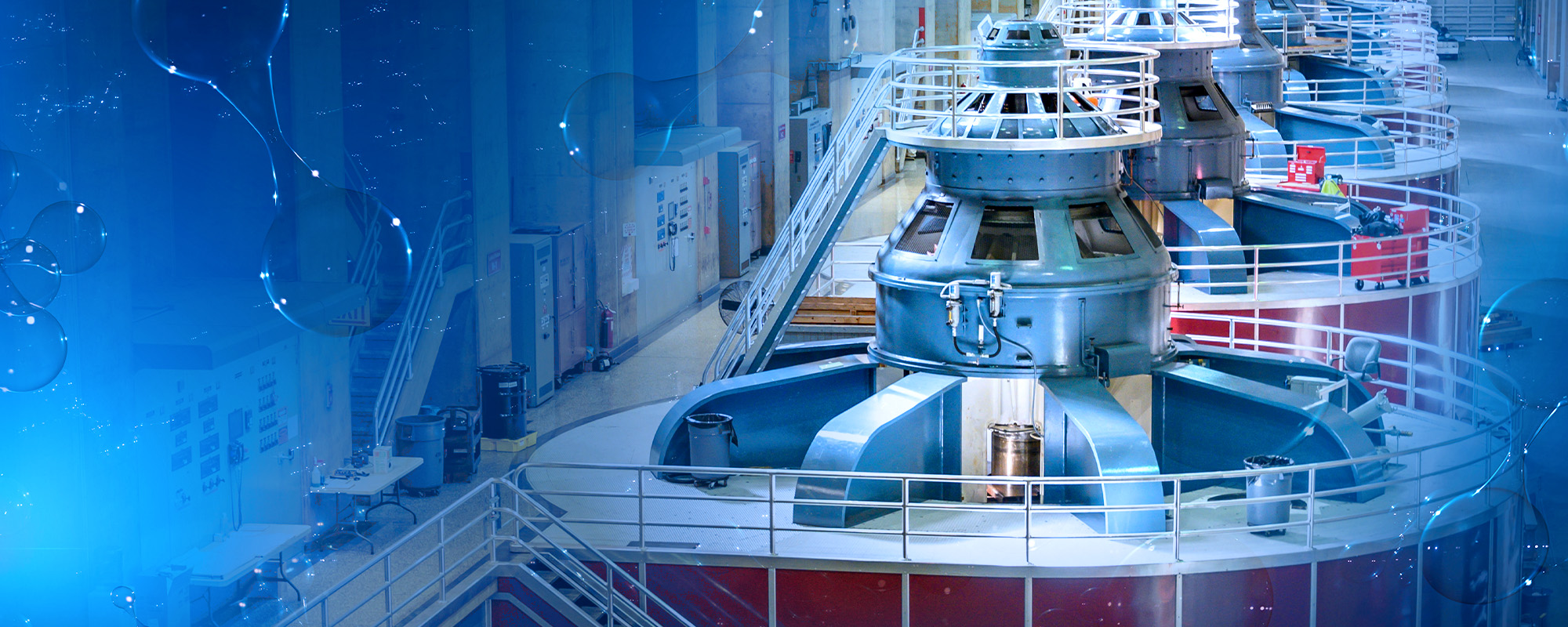
NATIONAL LABORATORIES TEAM WITH IDAHO POWER TO EVALUATE HYDROGEN GENERATION INTEGRATED WITH HYDROPOWER
Idaho National Laboratory and Pacific Northwest National Laboratory have partnered with Idaho Power to evaluate the feasibility and advantages of making hydrogen at existing hydropower plants.
Sandia switches to hydrogen weather balloons
More than three years ago, the Sandia National Laboratories-operated atmospheric measurement facility in Alaska switched from launching helium-filled weather balloons to launching weather balloons filled with hydrogen produced on-site. By switching the gas used in their weather balloons, it has reduced its metaphorical footprint on the fragile Arctic ecosystem. Since then, the site has launched nearly 5,000 hydrogen balloons with minimal issues.
Cactus Plant Inspires Cost-Effective Hydrogen Production
Low-cost 3D material paves the way for cost-effective clean energy production
Transforming Highways for High-Speed Travel and Energy Transport
In APL Energy, researchers developed a proof of concept for a superconducting highway that could transport vehicles and electricity, cooling the necessary superconductors with a pipeline of liquid hydrogen. Most magnetic levitation designs feature the superconductor inside the vehicle, which is suspended above a magnetic track. The authors decided to flip that arrangement upside down, putting the superconductor on the ground and giving each vehicle a magnet. The result is a system with multiple uses, placing it within the realm of affordability.
Seawater split to produce green hydrogen
Researchers have successfully split seawater without pre-treatment to produce green hydrogen. The international team was led by the University of Adelaide’s Professor Shizhang Qiao and Associate Professor Yao Zheng from the School of Chemical Engineering. “We have split natural seawater into oxygen and hydrogen with nearly 100 per cent efficiency, to produce green hydrogen by electrolysis, using a non-precious and cheap catalyst in a commercial electrolyser,” said Professor Qiao.
ORNL to receive three awards from Federal Laboratory Consortium
A regional partnership that aims to attract nuclear energy-related firms to Oak Ridge, Tennessee, has been recognized with a state and local economic development award from the Federal Laboratory Consortium.
We need to learn to live with less steel
Steel is one of the most important materials in the world, integral to the cars we drive, the buildings we inhabit, and the infrastructure that allows us to travel from place to place.
Study shows advantages of charging electric heavy-duty vehicles with small modular nuclear reactors
Nuclear and hydrogen could be the ideal fuel for recharging electric trucks, opening potential markets for developers of small modular nuclear reactors (SMRs).
Molecular hydrogen as a new strategy for the treatment of chronic pain
In an article published in the journal Antioxidants, researchers from the Hospital de la Santa Creu i Sant Pau Research Institute (IIB Sant Pau) and the Universitat Autònoma de Barcelona demonstrate in animal models that water enriched with hydrogen molecules (H2) improves the symptomatology of neuropathic pain and related emotional disturbances.
Fueling your curiosity: Argonne answers top questions on hydrogen fuel
As part of National Hydrogen and Fuel Cell Day, Argonne answers common questions surrounding hydrogen as an energy carrier.
Key to improved green tech efficiency found in simple acid treatment
The development of new, more efficient electrochemical cells could provide a good option for carbon-free hydrogen and chemical production along with large-scale electricity generation and storage.
But first, scientists must overcome several challenges, including how to make the cells more efficient and cost-effective.
Recently, a research team led by Idaho National Laboratory used a simple process to bind materials more tightly within protonic ceramic electrochemical cells, also known as PCECs, solving a mystery that had limited the technology’s performance. The results were published in the latest issue of the scientific journal Nature.
How to catch a perfect wave: Scientists take a closer look inside the perfect fluid
Scientists have reported new clues to solving a cosmic conundrum: How the quark-gluon plasma – nature’s perfect fluid – evolved into the building blocks of matter during the birth of the early universe.
Hydrogen Technologies Take Leading Role Toward Net Zero
Achieving Net Zero energy, where the total amount of energy used is equal to the amount of renewable energy created, is closer than ever before, and hydrogen technologies will play an important role in achieving that goal, but needs and gaps need to be addressed before a true hydrogen-powered future can take form. There are many opportunities in the global public and private sectors for research, development, and deployment collaboration.
Worldly Experience Is a Catalyst for Change
Bojana Ginovska leads a physical biosciences research team headed for PNNL’s new Energy Sciences Center. She uses the transformative power of molecular catalysis and enzymes to explore scientific principles.
Featured Video: Why Hydrogen Tells Us the Story of the Universe
Join NRAO to learn why scientists are so interested in hydrogen in the galaxy and beyond.
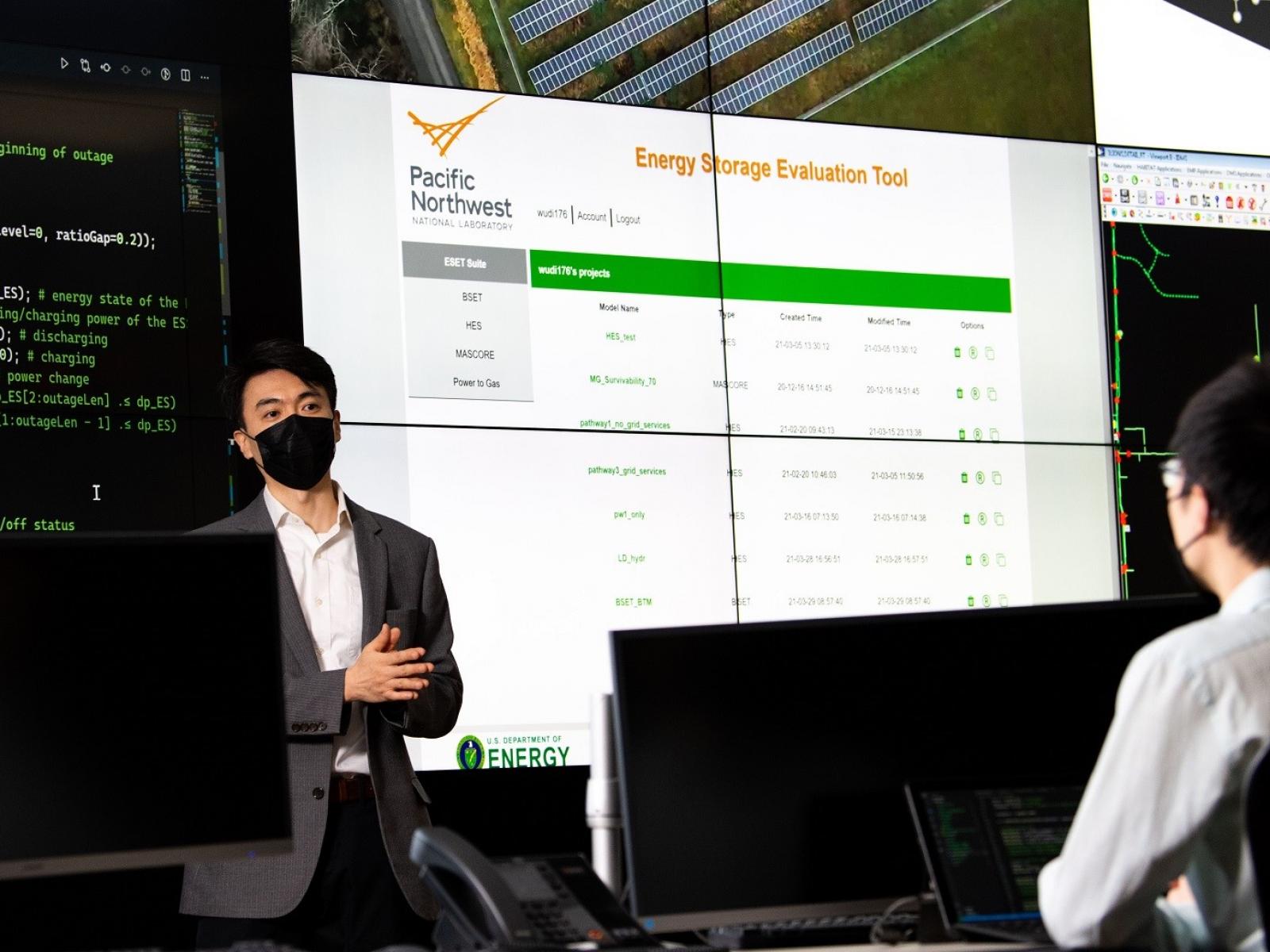
Hydrogen Energy Storage at Your Service
PNNL’s new Hydrogen Energy Storage Evaluation Tool allows users to examine multiple energy delivery pathways and grid applications to maximize benefits.
Solar energy from the deep repository
During the winter months, renewable energy is in short supply throughout Europe. An international project is now considering an unconventional solution: Renewable hydrogen and carbon dioxide are pumped into the ground together, where naturally occurring microorganisms convert the two substances into methane, the main component of natural gas.
Computers help researchers find materials to turn solar power into hydrogen
A Penn State-led team of researchers report they have taken a step toward overcoming the challenge of inexpensive hydrogen production by using supercomputers to find materials that could help accelerate hydrogen separation when water is exposed to light, a process called photocatalysis.
On-Site Hydrogen Production Technology Accelerates to Market
SoCalGas recently licensed a PNNL-developed generation system that uses sunlight to convert natural gas and water into hydrogen and capture the carbon dioxide (CO2) to prevent carbon emissions. Hydrogen has many applications, including powering vehicles and homes.
36 Dwarf Galaxies Had Simultaneous “Baby Boom” of New Stars
Three dozen dwarf galaxies far from each other had a simultaneous “baby boom” of new stars, an unexpected discovery that challenges current theories on how galaxies grow and may enhance our understanding of the universe. Galaxies more than 1 million light-years apart should have completely independent lives in terms of when they give birth to new stars. But galaxies separated by up to 13 million light-years slowed down and then simultaneously accelerated their birth rate of stars, according to a Rutgers-led study published in the Astrophysical Journal.
New optical hydrogen sensors eliminate risk of sparking
A new study published in Nature Communications documents an inexpensive, spark-free, optical-based hydrogen sensor that is more sensitive — and faster — than previous models.
Pathways clear for decarbonising heavy industry
The production of green steel will be a critical step to enable the world’s heavy industry to reduce its greenhouse gas emissions and Australia is well placed to be an important player in this space.

Interception mission to confirm ‘Oumuamua, other interstellar objects, in the works
CHICAGO – ‘Ouamuamua, the first observed interstellar object, zipped through our solar system back in October 2017 — and astronomers have been trying to understand it ever since. While some researchers speculated it could be a comet, asteroid, or even…

New Clean Energy Process Converts Methane to Hydrogen with Zero Carbon Dioxide Emissions
PNNL, teaming with academia and industry, develops a novel zero-emission methane pyrolysis process that produces both hydrogen and high-value carbon solids.
Nation’s first green hydrogen ‘energy station’ expected 2022
Catalyzed by a Cornell University grant and Cornell sustainability research over the past decade, energy storage company Standard Hydrogen Corporation (SHC) and National Grid announced plans March 11 to build the first hydrogen “energy station” of its kind in the nation. The SHC Energy Transfer System will be built in New York’s Capital Region; completion is expected by late 2022.
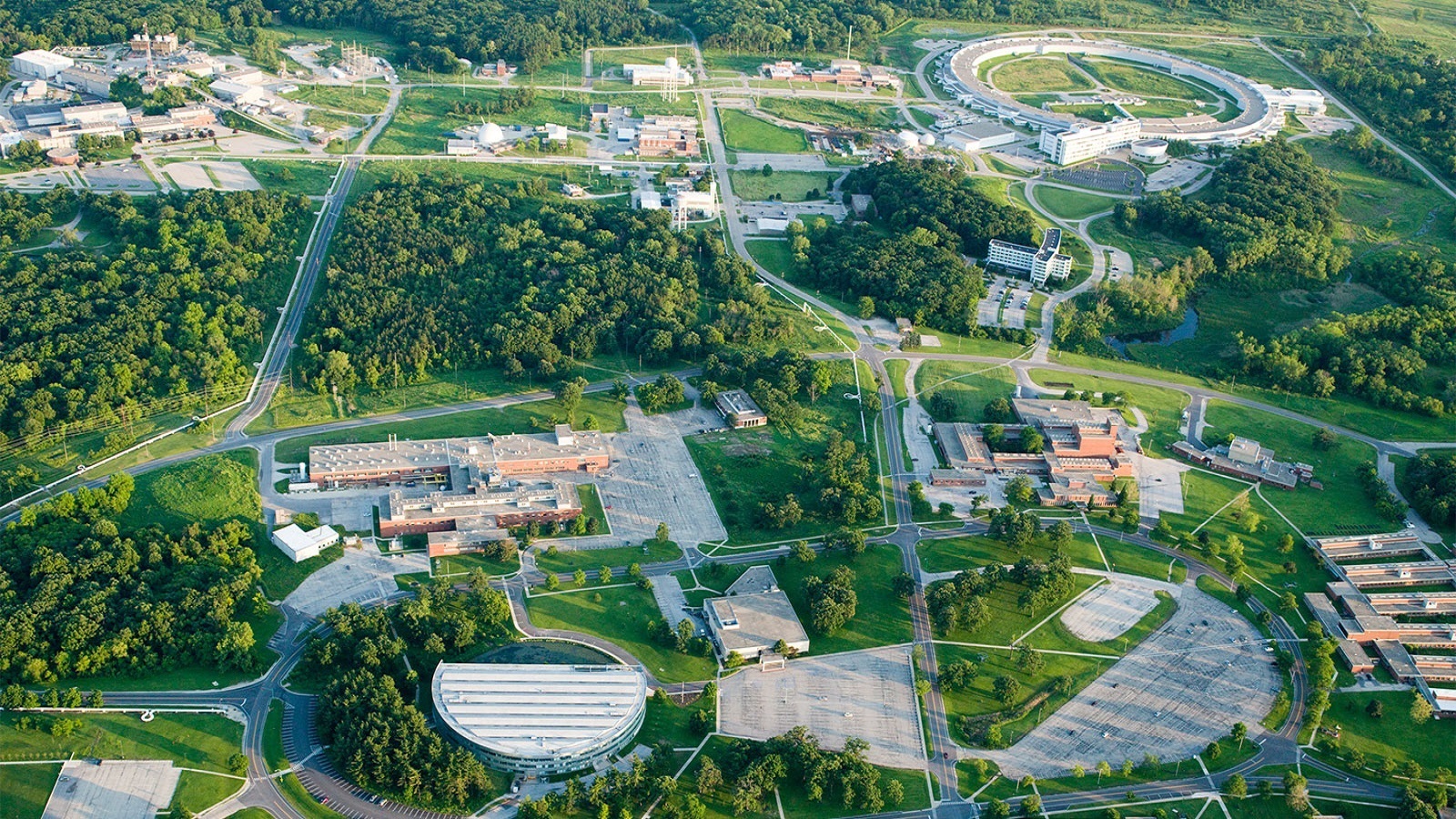
Seventeen from Argonne recognized with Secretary of Energy’s Honor Awards
Six groups that included seventeen scientists from the U.S. Department of Energy’s (DOE) Argonne National Laboratory were recent recipients of the DOE’s 2020 Secretary of Energy’s Honor Awards.
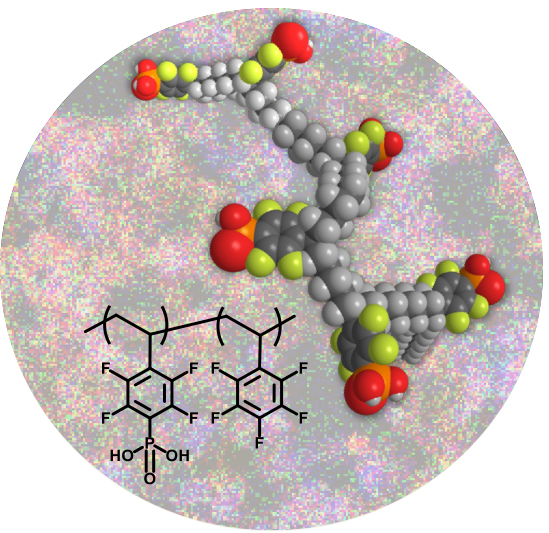
Breakthrough material makes pathway to hydrogen use for fuel cells under hot, dry conditions
A collaborative research team, including Los Alamos National Laboratory, University of Stuttgart (Germany), University of New Mexico, and Sandia National Laboratories, has developed a proton conductor for fuel cells based on polystyrene phosphonic acids that maintain high protonic conductivity up to 200 C without water.
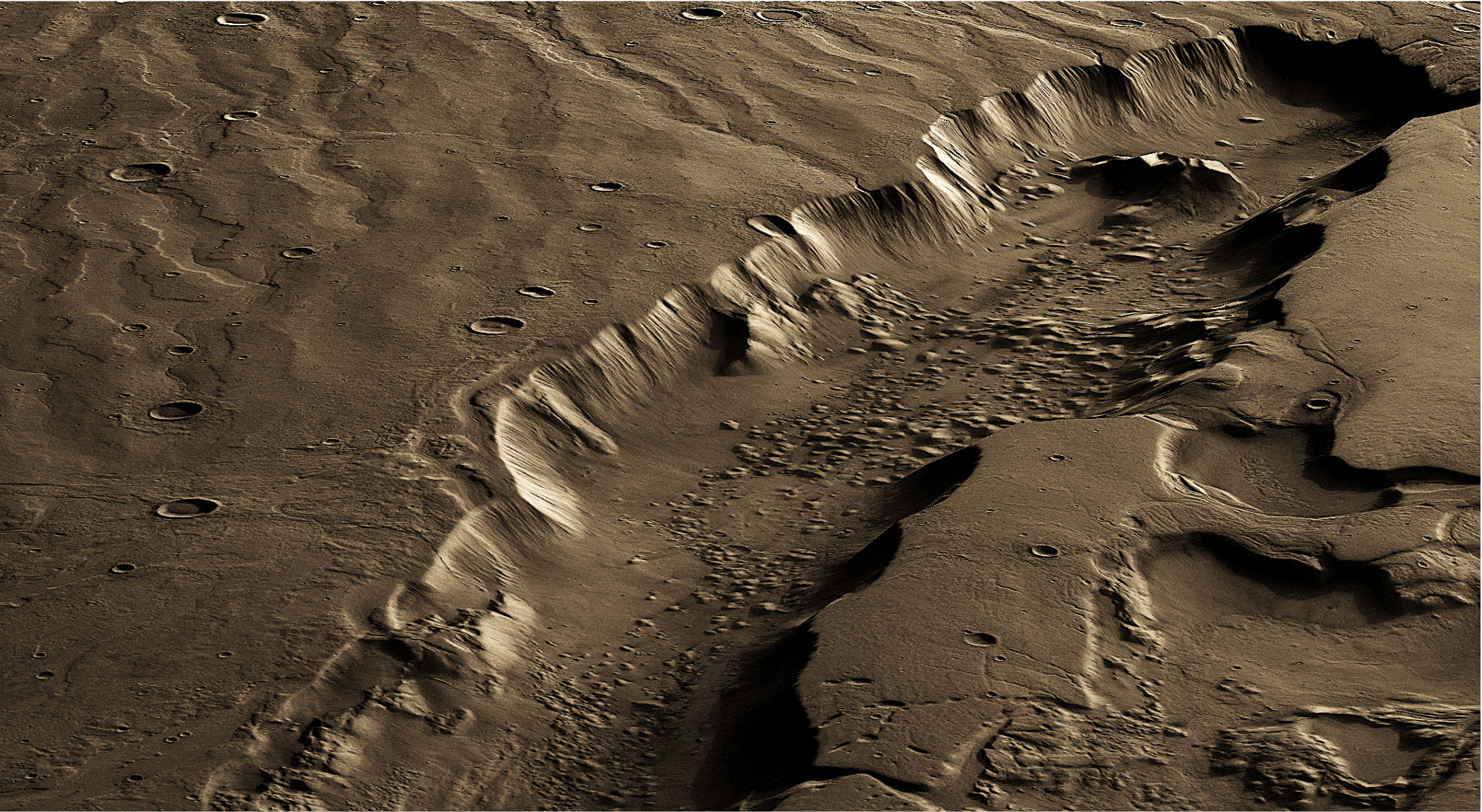
Best Region For Life on Mars Was Far Below Surface
The most habitable region for life on Mars would have been up to several miles below its surface, likely due to subsurface melting of thick ice sheets fueled by geothermal heat, a Rutgers-led study concludes. The study, published in the journal Science Advances, may help resolve what’s known as the faint young sun paradox – a lingering key question in Mars science.

Research creates hydrogen-producing living droplets, paving way for alternative future energy sources
Scientists have built tiny droplet-based microbial factories that produce hydrogen, instead of oxygen, when exposed to daylight in air.
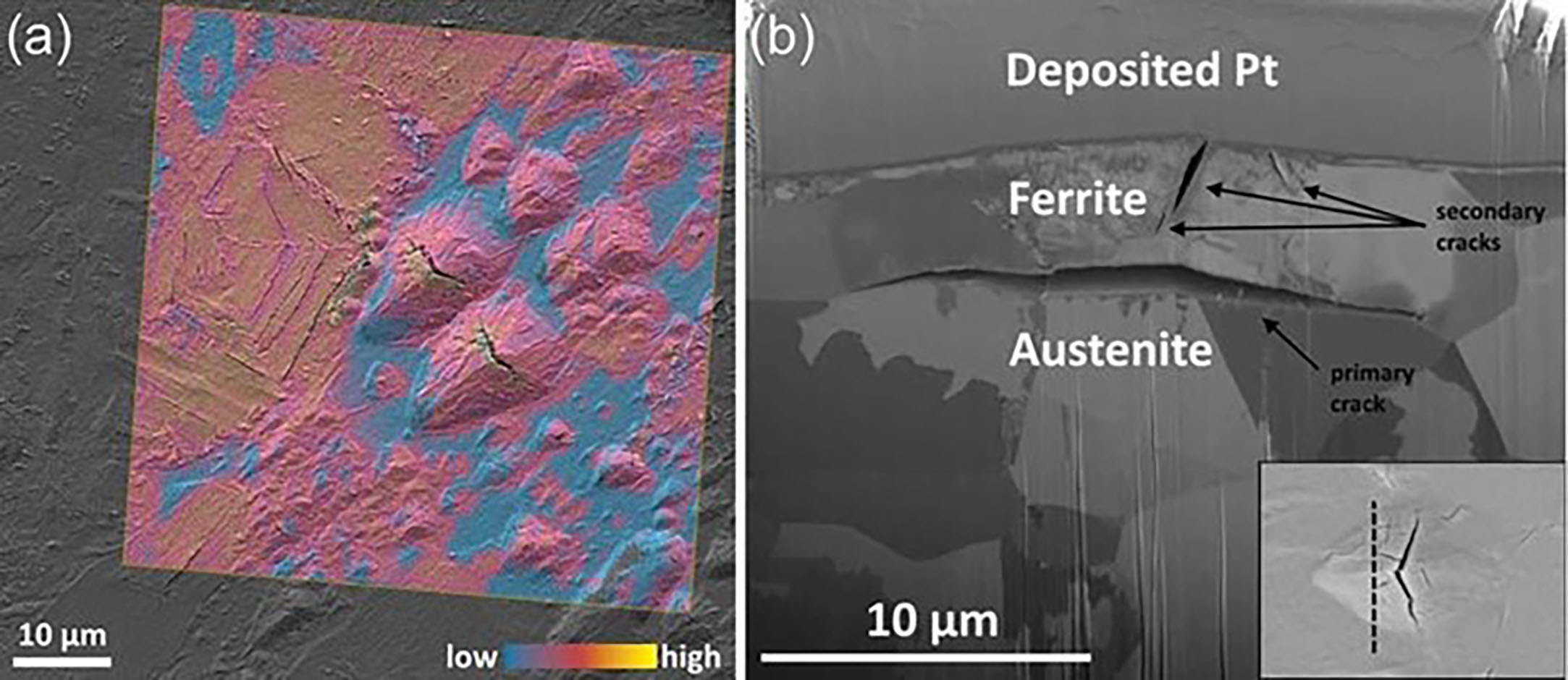
Hydrogen Embrittlement Creates Complications for Clean Energy Storage, Transportation
Hydrogen is becoming a crucial pillar in the clean energy movement, and developing safe and cost-effective storage and transportation methods for it is essential but complicated, because hydrogen can cause brittleness in several metals including ferritic steel. Recent advancements are starting to provide insight into the embrittlement process. A review of various methods in Applied Physics Reviews improves the understanding of the structure, property, and performance of ferritic steels subjected to mechanical loading in a hydrogen environment.
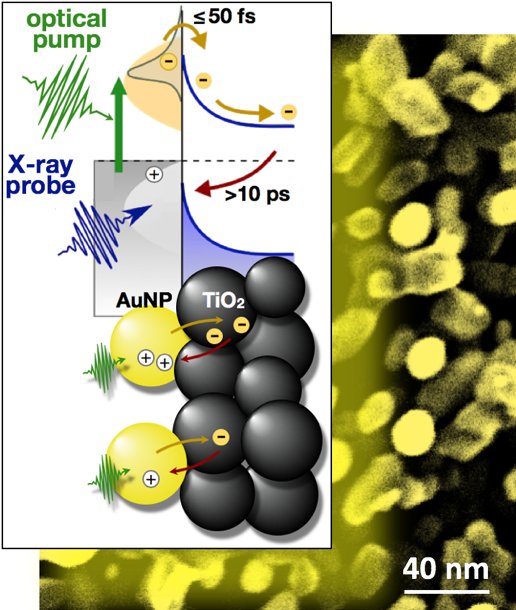
Scientists Capture Candid Snapshots of Electrons Harvesting Light at the Atomic Scale
A team of scientists led by Berkeley Lab has gained important new insight into electrons’ role in the harvesting of light in artificial photosynthesis systems.
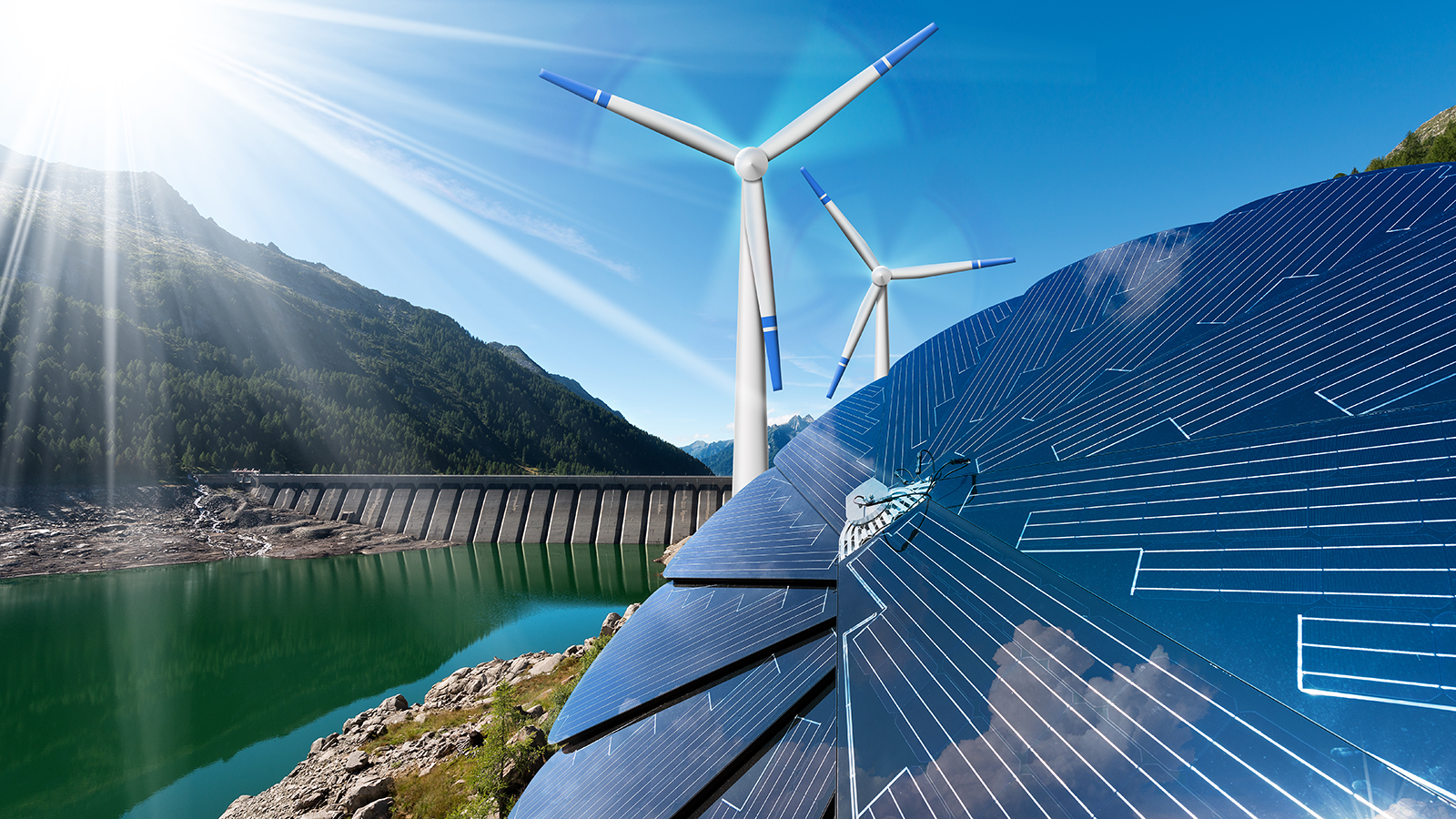
Argonne researchers focus on grid cybersecurity to pave the way for a clean energy future
Distributed energy resources use electronics to communicate with each other or with a control center. Yet this presents opportunities for cyber attacks that could become real threats to the electric power system. Argonne experts are developing ways to protect power systems from these threats before they can occur.